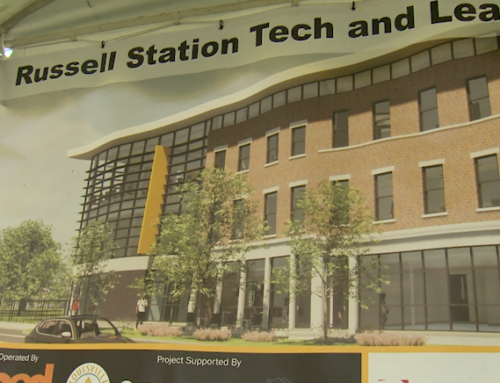(TNS) — Major changes for cars and trucks were approved last week, bringing us one step closer to fully autonomous vehicles.
Last Monday, April 29, the National Highway Traffic Safety Administration approved an order requiring new cars to be equipped with automatic emergency braking systems by September 2029.
AEB systems, already installed in many new vehicles, use sensors to detect other vehicles or pedestrians in front of the vehicle and apply the brakes if the driver does not stop.
NHTSA said in a statement that the mandate requires AEB systems to be able to detect pedestrians in daylight or darkness, as well as the ability to stop and avoid vehicles in front of them at speeds of less than 100 km/h. The AEB system must also be able to automatically brake up to 90 mph “if a collision with a vehicle in front is imminent” and up to 45 mph if a pedestrian is involved.
Transportation officials said the emergency braking standard would “save at least 360 lives and prevent at least 24,000 injuries a year” while also reducing property damage.
NHTSA Deputy Administrator Sophie Schulman said in a statement that AEB technology is now so advanced that these systems need to be even more effective at detecting pedestrians at high speeds. Stated. Most new cars already have AEB, and we expect it. This means more cars and light trucks will be able to meet this standard before the deadline, meaning even more lives will be saved thanks to this technology. ”
A similar mandate mandating AEB systems for heavy vehicles, including tractor trailers, is being finalized.
In a Q&A released by the Virginia Tech Transportation Research Institute, the institute's executive director, Zachary Dosaf, said the institute has been researching automatic braking as part of advanced driver assistance systems for decades. .
“We foresee the potential for significantly greater safety gains as manufacturers expand the application of the technology,” Dosaf said, referring to NHTSA's predictions of safety gains from AEB mandates. Ta.
He also said that advances in technology through AEB will “enable us to accelerate the deployment of additional driver assistance applications and further improve safety.”
The widespread use of AEB systems is expected to improve safety, but the technology requires a little help from drivers to work as intended.
“Just like human vision, the system is limited by visibility,” Dosaf said. “You can't see around hills, curves, and other obstacles. Therefore, AEB's effectiveness is reduced if the driver is going too fast for the road conditions. Continue to work to reduce the prevalence of speed. This remains a key challenge for our roads. ”
© 2024 The Free Lance-Star (Fredericksburg, VA). Distributed by Tribune Content Agency, LLC.





